Fireplaces are charming focal points in many homes, built to provide warmth and comfort for centuries. However, when left unused, they can become a source of drafts, dust, and even pests. Sealing an unused fireplace not only improves energy efficiency but also prevents unwanted odors and reduces cleaning efforts. Depending on the construction, whether it’s a traditional masonry fireplace from the early 1900s or a modern gas insert installed in the 2000s, there are simple, effective methods to seal it. Here are six practical approaches to consider.
1. Install a Chimney Balloon
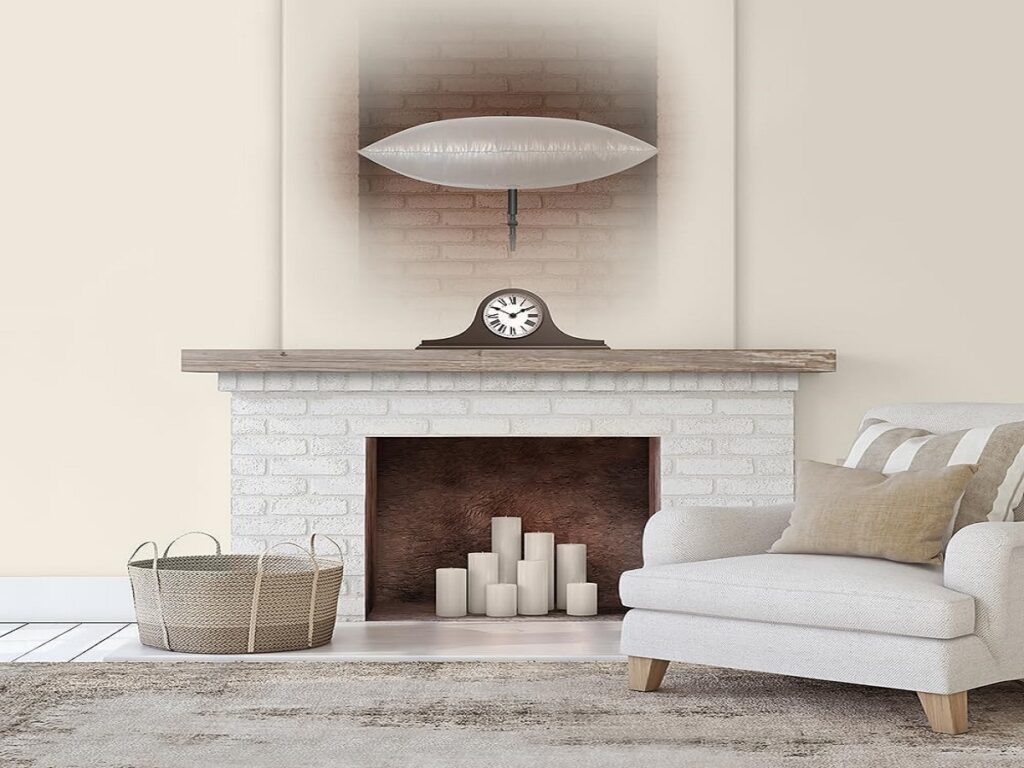
A chimney balloon is an inflatable device that fits snugly inside your fireplace flue. It blocks drafts, prevents heat loss, and keeps debris from entering your living space. These balloons are available in various sizes to match different flue dimensions, making installation straightforward. For older fireplaces built in the 1920s or 1930s, ensure the flue is free from cracks or damage before use. Chimney balloons are cost-effective, reusable, and provide an airtight seal, making them an excellent option for seasonal or long-term closure of unused fireplaces.
2. Magnetic Mesh Screen
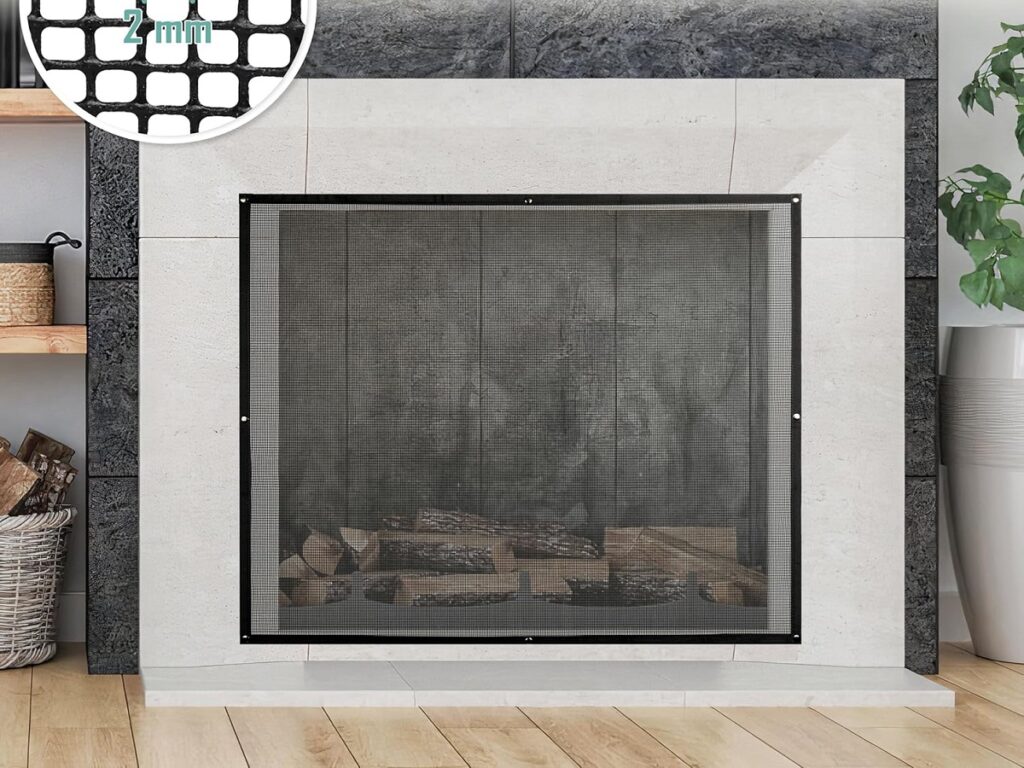
A magnetic mesh screen seals the fireplace while allowing ventilation when needed. Works best for metal-framed fireplaces built in the 1970s onward. The mesh prevents debris and pests while blocking drafts. It is easily removable and reusable, offering a temporary yet effective solution. Magnetic mesh screens are lightweight, inexpensive, and ideal for homeowners who want flexibility. They can be combined with caulking or flue dampers for enhanced energy efficiency and cleanliness, creating a practical barrier without compromising usability.
3. Seal with a Metal Plate
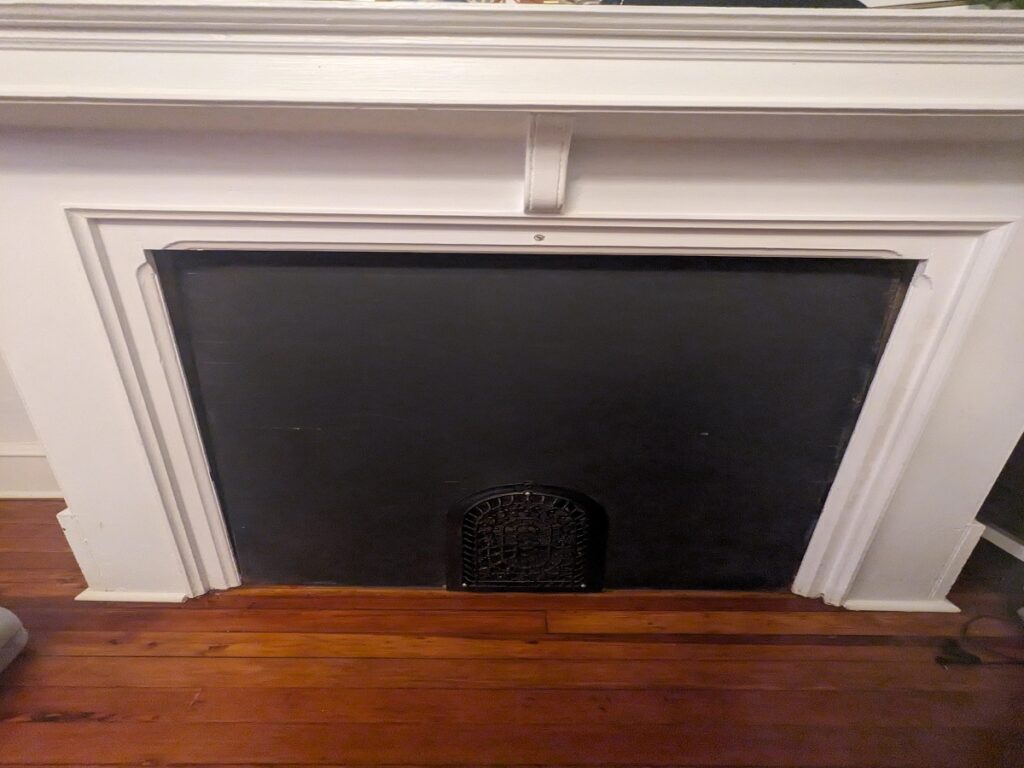
Covering your fireplace opening with a metal plate is a simple, durable way to prevent air leakage. Stainless steel or aluminum plates can be bolted directly over the fireplace, creating a solid barrier. This method is especially effective for older masonry fireplaces from the 1800s or 1900s, where the chimney may still be structurally sound. Metal plates are low-maintenance, resistant to rust, and provide complete closure. Adding a layer of insulation behind the plate further improves energy efficiency. This approach requires minimal tools and can be a cost-effective option for homeowners seeking a straightforward seal.
4. Install Glass Doors
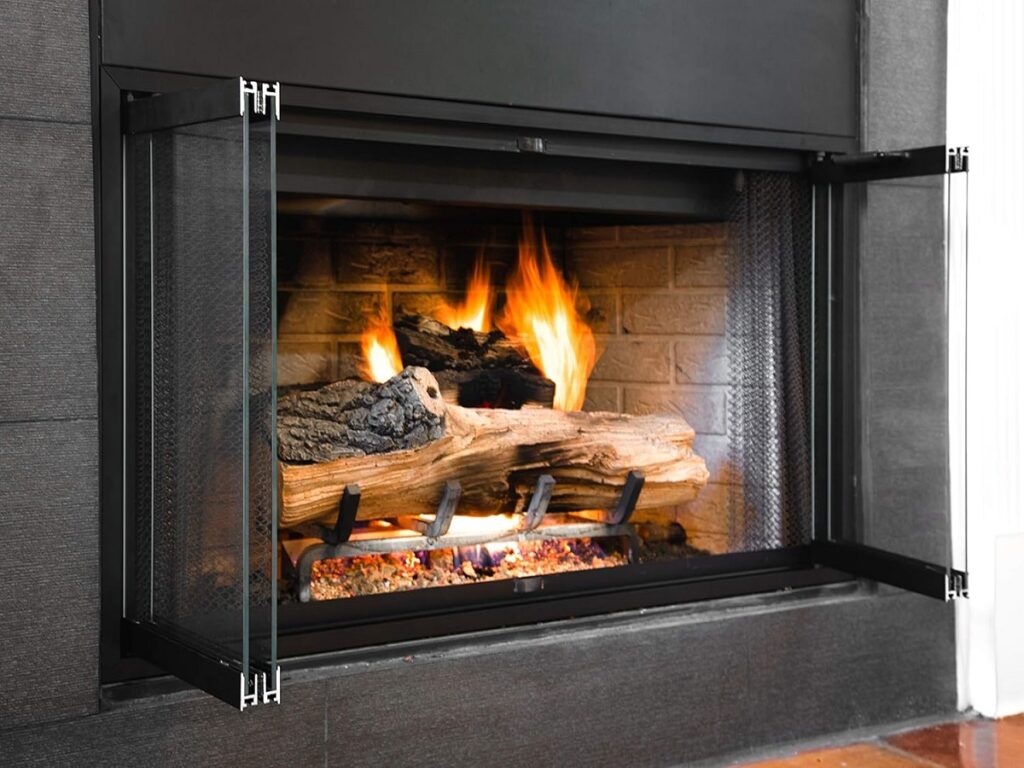
Glass fireplace doors offer both style and functionality while sealing an unused fireplace. Tempered or heat-resistant glass panels prevent drafts, keep dust and debris out, and maintain the aesthetic appeal of the fireplace. This solution works well for fireplaces built in the mid-20th century, as many designs were already compatible with door frames. Sliding or hinged doors are available to match different architectural styles. Installing glass doors often requires professional measurements, but once in place, they offer a permanent, visually appealing seal that enhances both safety and home comfort.
5. Install a Magnetic Flue Cover
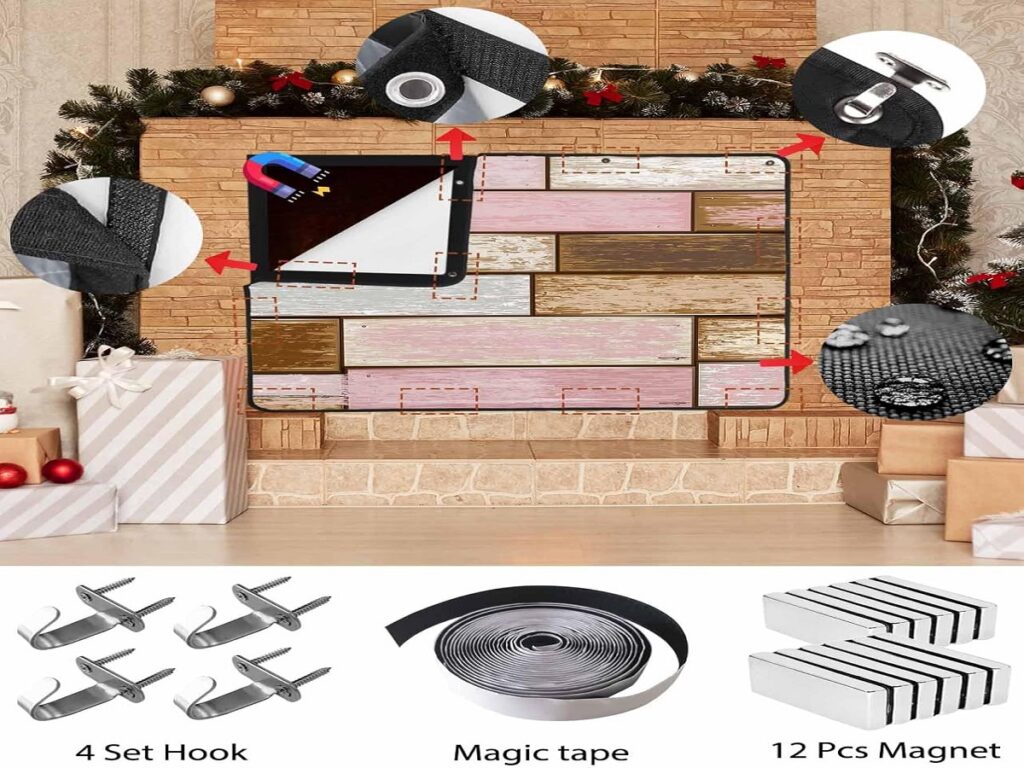
Magnetic flue covers attach to the metal surfaces inside the fireplace, creating a strong barrier against drafts and debris. They are particularly suitable for mid-century metal flue designs built in the 1950s and 1960s. These covers are reusable, easy to install, and do not require permanent modifications. They provide an airtight seal that reduces heat loss, prevents rodents or insects from entering, and improves overall energy efficiency. Magnetic flue covers are a convenient solution for homeowners seeking a temporary yet highly effective way to seal an unused fireplace.
6. Build a Decorative Cover
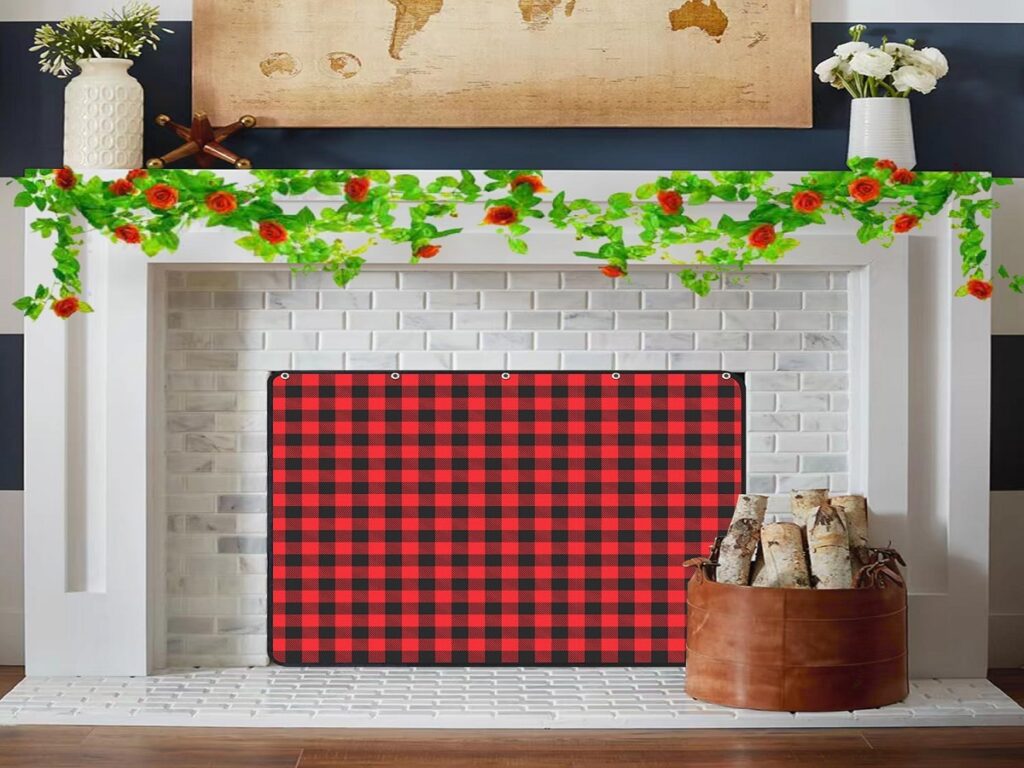
A decorative cover, such as a wooden panel, brick facade, or custom mantelpiece, can effectively seal a fireplace while enhancing interior design. This approach works for both modern and historic homes, including fireplaces constructed in the 1800s. The cover can be fixed permanently or designed to be removable if the fireplace might be used in the future. It blocks drafts, keeps pests out, and hides the fireplace opening entirely. By combining aesthetic appeal with practical function, a decorative cover provides homeowners with a solution that improves energy efficiency without compromising the charm of the room.
Comments